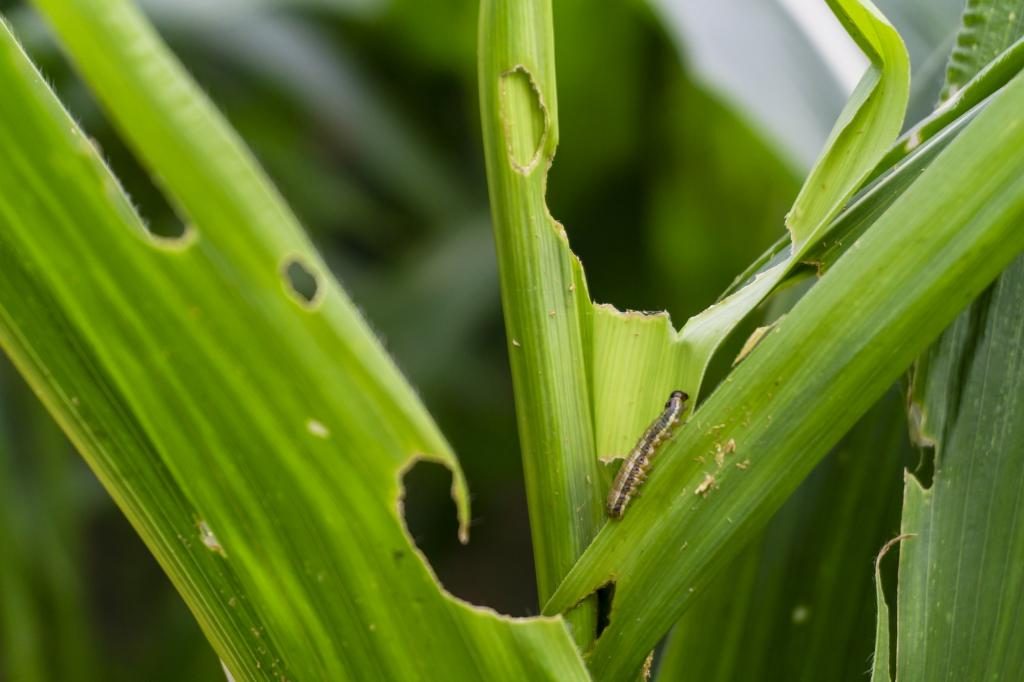With the current rate of extreme climate change globally, it will keep affecting the entire ecosystem and agricultural production worldwide. The impact of climate change can also be seen in the increase of plant pests, and it has a direct relation to international trade as plant pests are not only limited to a particular region.In a nutshell, climate change poses a newer challenge to the international plant health community and this issue is of utmost importance as it has a direct co-relation to the lives and livelihoods of the population involved in agriculture.
The increase of CO2 can trigger the level of simple sugar in leaves. It also lowers down the nitrogen content in a plant leaf which encourages pests to consume more leaves to supplement their nitrogen requirement. It negatively impacts the growth of a plant and leads to compromised yield quality which is neither nutritious nor resistant to climactic situations.

Elevated CO2 levels and raised temperature can also alter the population composition and duration of the infective stages of various pests and the diseases caused by them. It can be seriously hazardous for plant health.
It is evident in perennial orchards that trees get attacked by more than one generation of pests. Contrary to popular belief, the temperature rises more during the night than daytime. Hence, the higher nocturnal temperature will aid in reducing the period for leaf-wetness. It is crucial to control a pest or disease through biological means or by introducing their natural enemies.
India majorly has small farm holdings thatare fragmented. Farming cooperatives can help in the facilitation of integrated pest management. Since India is a warm country, it requires a synchronized approach to beat the pest and diseases which are often more prevalent during summer and monsoon. A systematic application of suppressing the pest activity can eliminate chances of plant pest and it will result in qualitative yield.
Pest outbreaks can cause extensive damage. Our history has a lot to show in this regard. Earlier too, plant pests have had a hugely negative impact on social and economic conditions accompanied by the invasion and destruction of European vineyards by the insect – phylloxera.
Also, the invasion of the Colorado beetle in the twentieth century led to the rapid colonization of potato plots is another example of pest outbreaks.
Here are a few more to discuss that include the Irish potato famine caused by Phytophthora infections, the Great Bengal Famine by Helminthosporiumoryzae, and the chestnut blight caused by Cryphonectriaparasitica, responsible for wiping out the entire American Chestnut trees.
Wood packing, seeds, planting material, soil, and the growing international trade are responsible for pest transfer from one place to another and one climatic surrounding to another in which pests find their way to survive and weaken the plant immune system by causing various diseases.
Therefore, it is crucial to continue using scientific innovations and biotechnology to improve crop varieties that can withstand biotic and abiotic stresses. Now is the time to accept climate-resistant crops to suppress the occurrence of plant pests.
Source: http://www.fao.org/3/cb4769en/cb4769en.pdf
